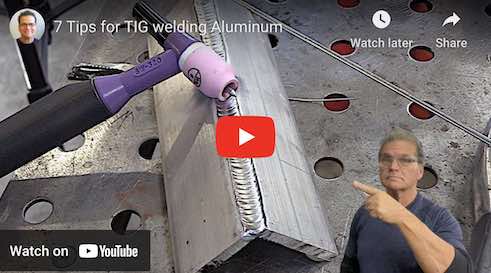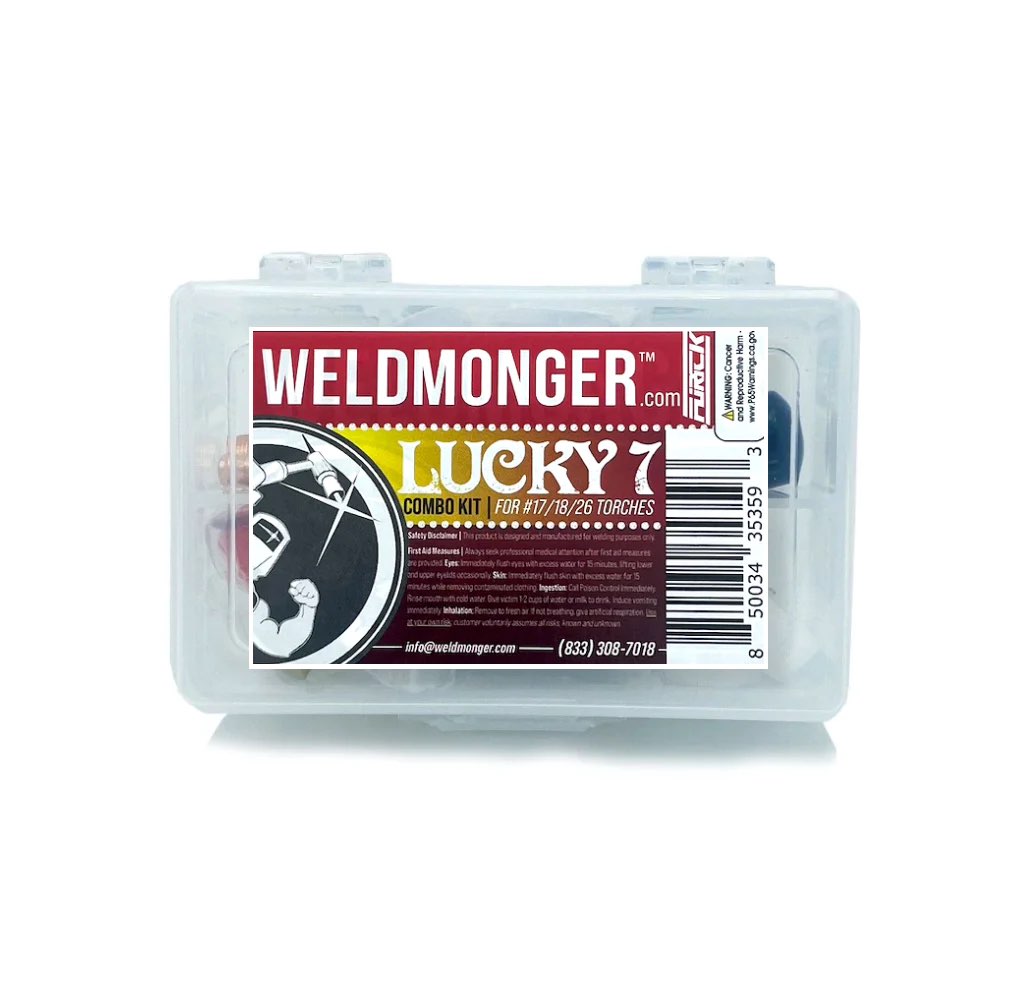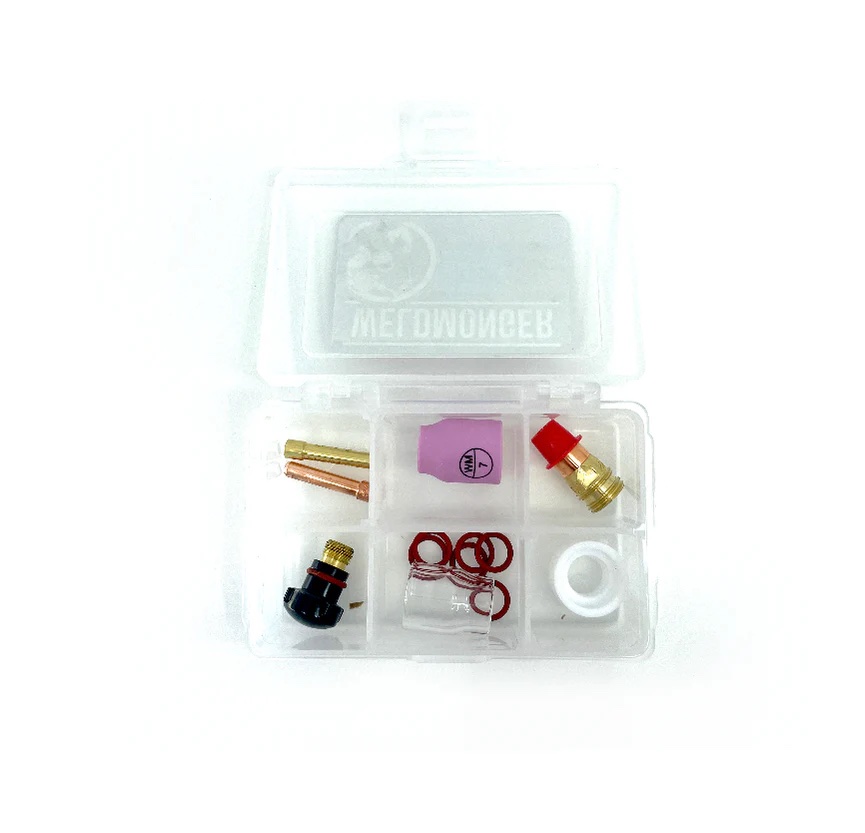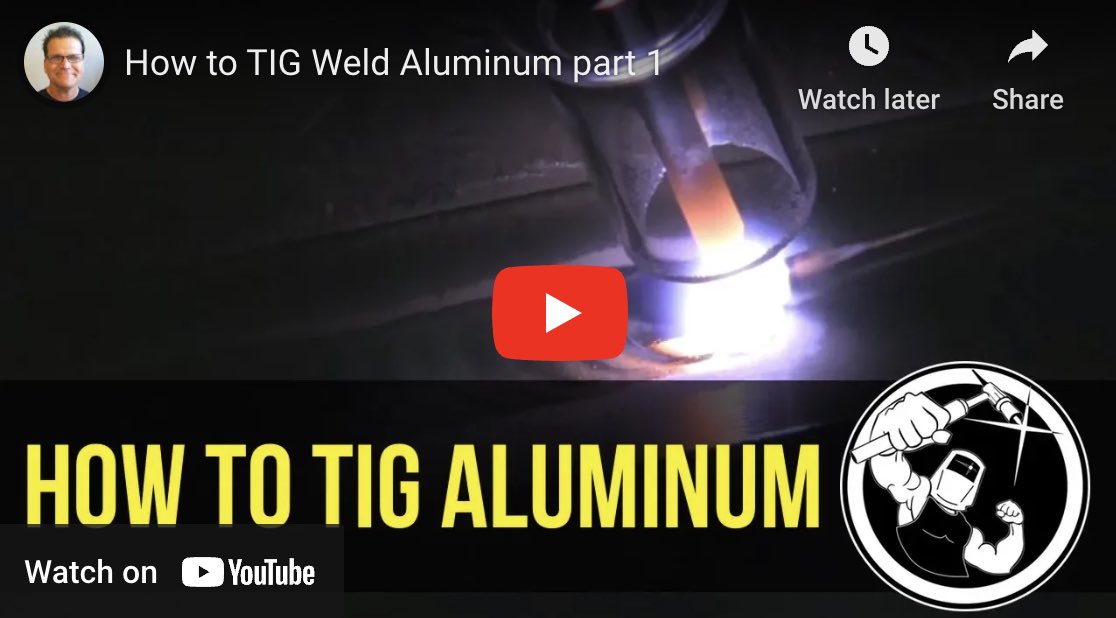Cleaning Aluminum for welding
Lucky 7 combo kit with one clear 7 cup and a pink ceramic #7 with mounting hardware for 17 torch
- HOME
- TIG WELDING ALUMINUM
- How to Tig Aluminum
- Cleaning Aluminum for Welding
To avoid smearing oxides when wire brushing aluminum prior to welding, you need to take several precautions and use the right techniques. Aluminum oxide forms on the surface of aluminum when exposed to air, and if not removed properly, it can interfere with the welding process and result in poor weld quality. Here are steps to help you avoid smearing oxides when preparing aluminum for welding:
- Choose the Right Brush: Select a stainless steel wire brush that is specifically designed for aluminum. These brushes typically have softer bristles and are made of materials that are less likely to contaminate the aluminum surface.
- Use Soft Brushes: Brass or stainless steel brushes are preferable for aluminum because they are less likely to embed contaminants. It is also important not to use a carbon steel brush or brush that has been used on carbon steel.
- Cleanliness is Key: Ensure that the aluminum surface is clean before you start brushing. Remove any visible dirt, grease, or oils with a suitable solvent or degreaser like acetone.
- Direction of Brushing: Brush in the direction of the grain or surface finish of the aluminum. Avoid scrubbing in a back-and-forth motion, as this can cause smearing. Brushing with the grain helps remove oxides without embedding them.
- Use Light Pressure: Apply gentle and even pressure while brushing. Too much pressure can cause the oxide layer to smear and become embedded in the aluminum.
- Use low rpm grinder or even a drill when using wire wheels to avoid creating heat and smearing oxides.
- Frequent Brush Replacement: If you're working on a larger project, replace the wire brush or clean it regularly to ensure it remains effective. Worn-out brushes may not clean the surface properly.
- Consider Using Abrasive Pads/wheels: Instead of wire brushes, you can use abrasive pads or discs specifically designed for aluminum surface preparation. These pads and discs are less likely to smear oxides.
- Avoid Contaminants: Ensure that the workbench and tools you use are clean and free of contaminants like steel particles or abrasive residues that could scratch or embed into the aluminum surface.
- Immediate Welding: Try to weld as soon as possible after brushing the aluminum. Oxides can start to form on the surface again shortly after cleaning.
Remember that aluminum oxide melts at around 3600F while pure aluminum melts at 900-1000F. So removing the oxide layer prior to welding really helps with making clean sound welds.



















